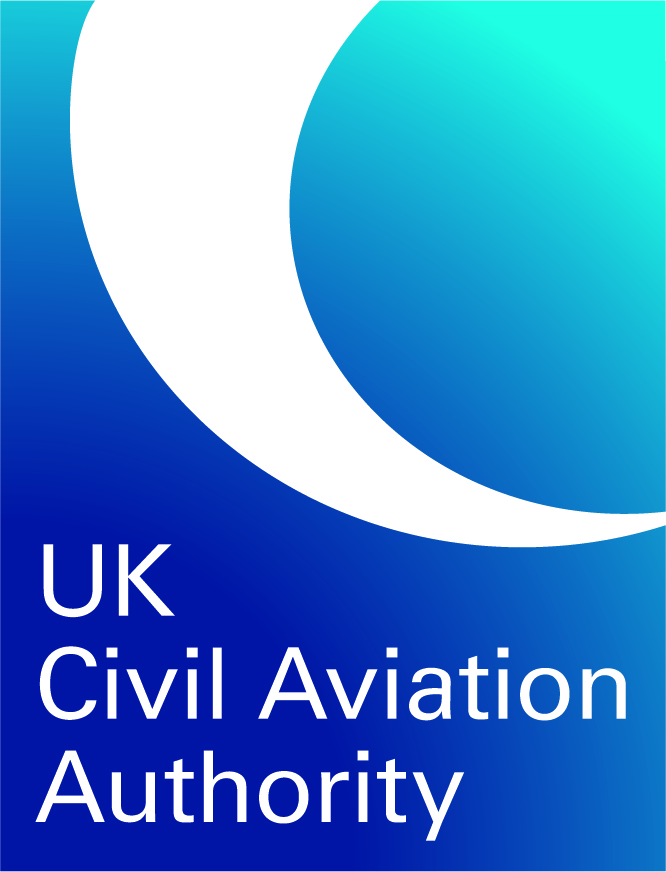London and London City Control Zones SVFR Weather Minima
Overview
The CAA is conducting a review of the weather minima applied to operations under Special Visual Flight Rules (SVFR) within the London Control Zone and the London City Control Zone (the London CTRs). This is being undertaken because the CAA no longer considers the current minima appropriate for the maintenance of a high standard of aviation safety in this operating environment. Questions regarding the suitability of the minima were first raised in response to the tragic fatal helicopter accident near Vauxhall Bridge in 2013. Work undertaken since has identified a number of areas of concern, including the changing urban landscape and proliferation of tall buildings, changing traffic density and traffic mix, the introduction of drones and the plans for Advanced Air Mobility (AAM), for example. It is the advent of AAM, which is expected to introduce passenger carrying electric vehicles, at scale, into the urban aviation environment over the next 5 years, that has required the CAA to respond proactively to ensure that a high standard of aviation safety is maintained in the London CTRs.
Our engagement document
Purpose of this engagement
The purpose of the 8-week engagement period, plus an additional 2-weeks for the Christmas and New Year period, is for the CAA to seek feedback from stakeholders on its proposal to change the existing SVFR weather minima applied within the London CTRs, which are longer considered fit for purpose. The CAA proposes the following replacement minima:
- Cloudbase 1000ft above ground level (agl);
- Visibility 3000m for all aircraft types;
- Applicable throughout the geographical area covered by the London and London City CTRs.
While the CAA believes these minima to be reasonable and justifiable, all stakeholders are encouraged to provide feedback that supports, opposes, or offers justifiable alternative minima. The CAA is committed to considering all feedback received and using it to amend the proposal, where suitable.
Engagement period
The engagement period will open on 5 December 2024 and will close on 12 February 2025. We cannot commit to taking into account any comments or feedback received after this date.
How to respond
You can submit your comments by clicking the link below and answering the questions, which include a mixture of multiple choice and free-text answers. At the beginning of the survey there is an option for you to request that your identity is withheld when your submission is published, or to refuse publication of your submission entirely. In the interests of transparency, we hope that you will not refuse publication.
If you require any of this information in an alternative format, please contact: airspace.policy@caa.co.uk.
Why your views matter
It is important to the CAA that everyone gets the opportunity to voice their opinion on matters that could affect them. Feedback from stakeholders regarding the positive and negative effects of this proposal will be vital to enable us to fully understand any unintended impacts, implications, or consequences.
What happens next
The CAA will conduct a review of all feedback received by the 12th February 2025 deadline and assess its suitability and applicability to inform the proposed London CTRs SVFR weather minima amendment. All applicable feedback will be categorised to establish feedback themes. Part of the categorisation process will evaluate whether the feedback could be used to change or refine the final detail of the proposed amendment.
Once the categorisation of the feedback has been completed, the CAA will consider its response to each of the feedback themes that are identified. These responses will be collated into a feedback response document which the CAA aims to publish in June 2025. Where necessary, and if required, the CAA will respond to individual feedback received.
Audiences
- Aerodrome Operators
- Air Navigation Service Providers
- Air taxi operators
- Air traffic control staff
- Airline passenger
- Airport operators
- Airworthiness maintenance organisations
- ATS initial training organisations
- Autogyros
- Aviation Design & Certification
- Balloons
- Business Aviation
- Cargo shippers
- Commercial airlines
- Community groups
- Drone operator
- Drone owner
- Elected political representatives
- Eurocontrol
- European Aviation Safety Agency
- European Commission
- eVTOL sector interest groups
- FISO licence holders
- Flight operations
- Flightcrew
- General Aviation
- Government departments
- Ground handling providers
- Industry representative bodies
- Military
- Model aircraft enthusiast
- National representative organisations or institutes
- Organisations affected by aviation
- Regulatory bodies
- Residents affected by aviation
- RFFS Training Providers
- Spaceflight
- Tour operators
- Training organisations
- Travel agents
- UAV operators
- Workers' representative bodies
Interests
- Safety

Share
Share on Twitter Share on Facebook